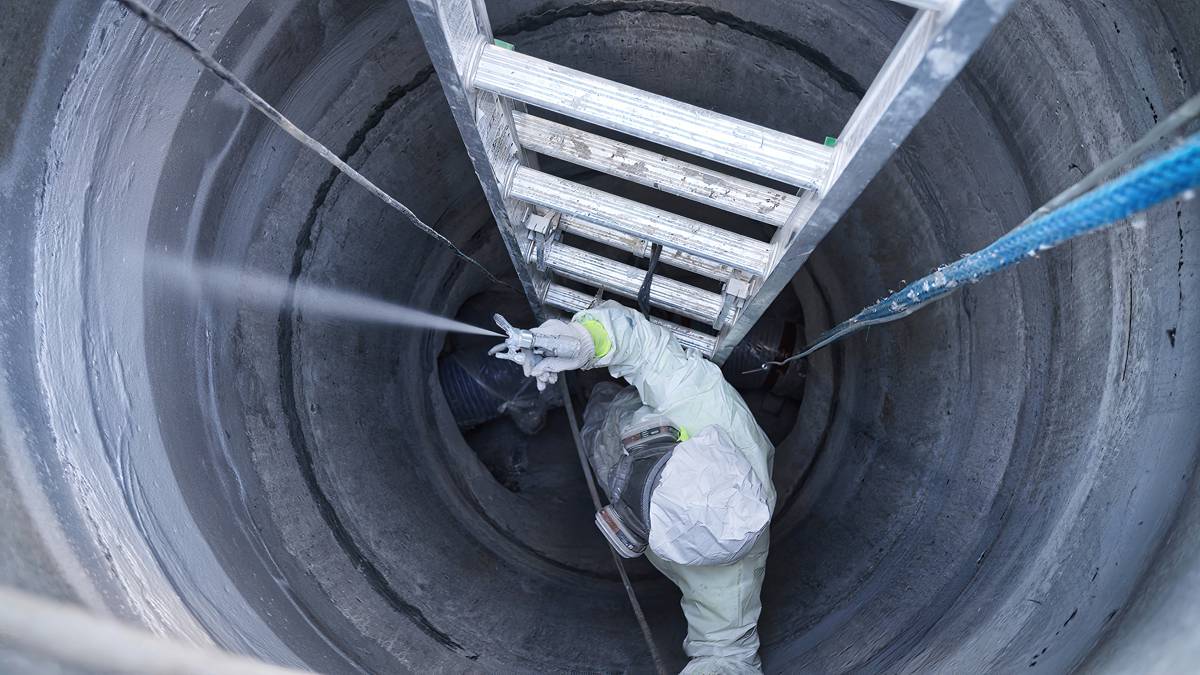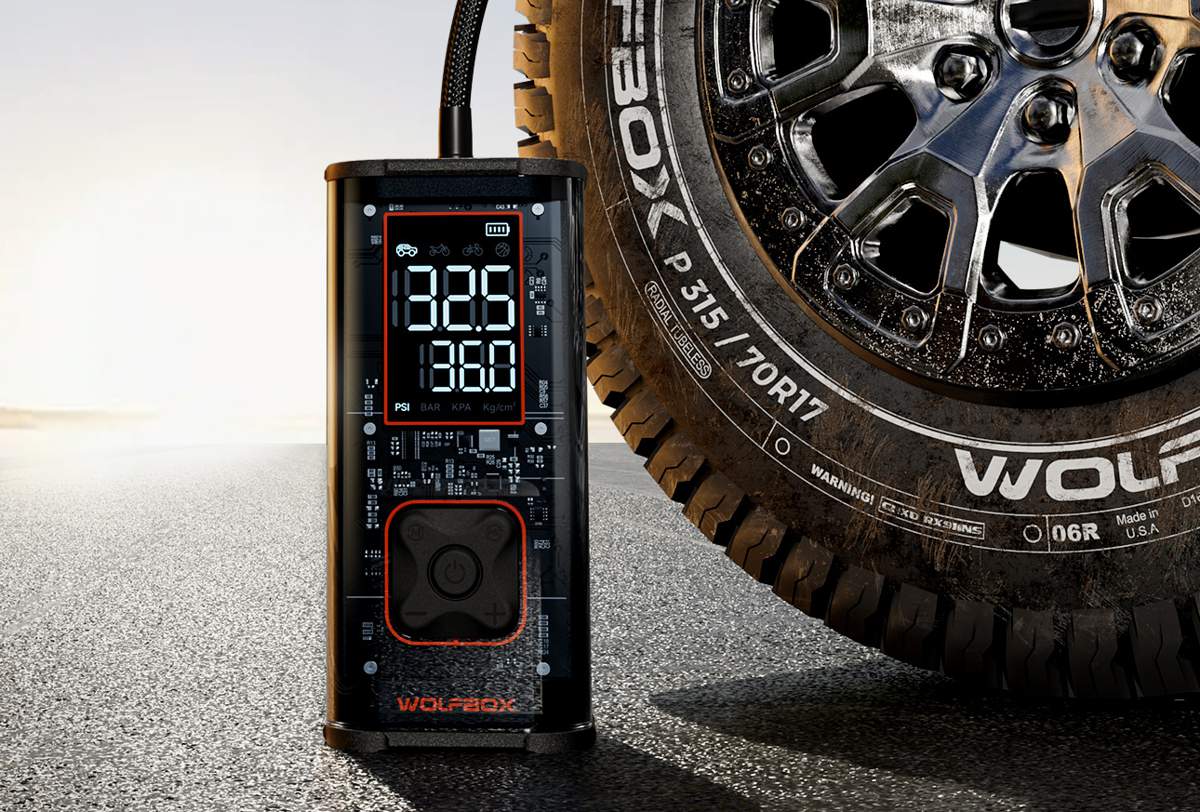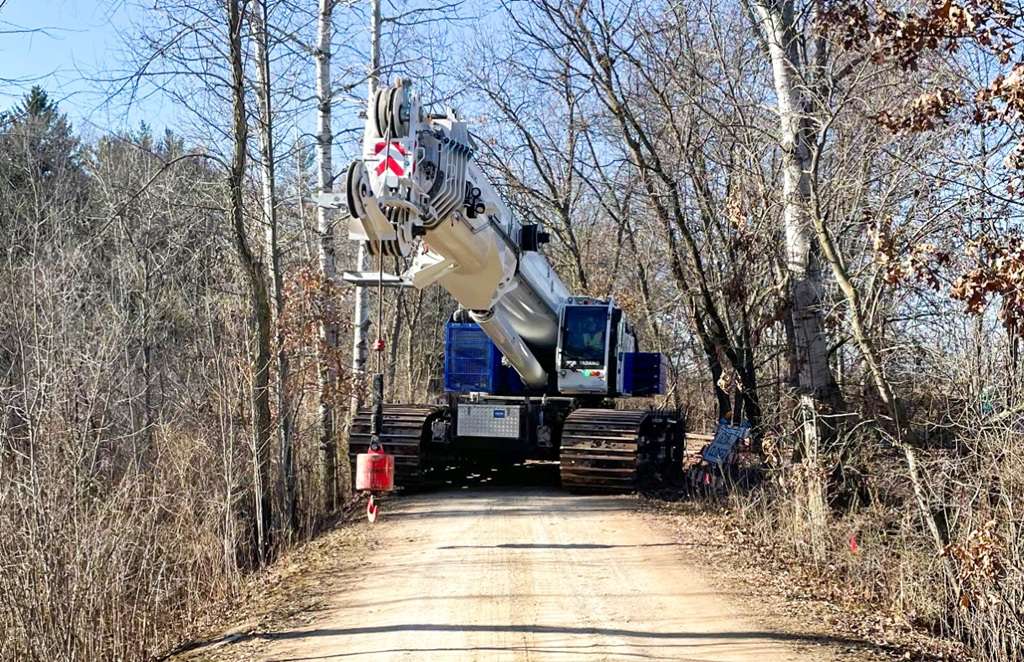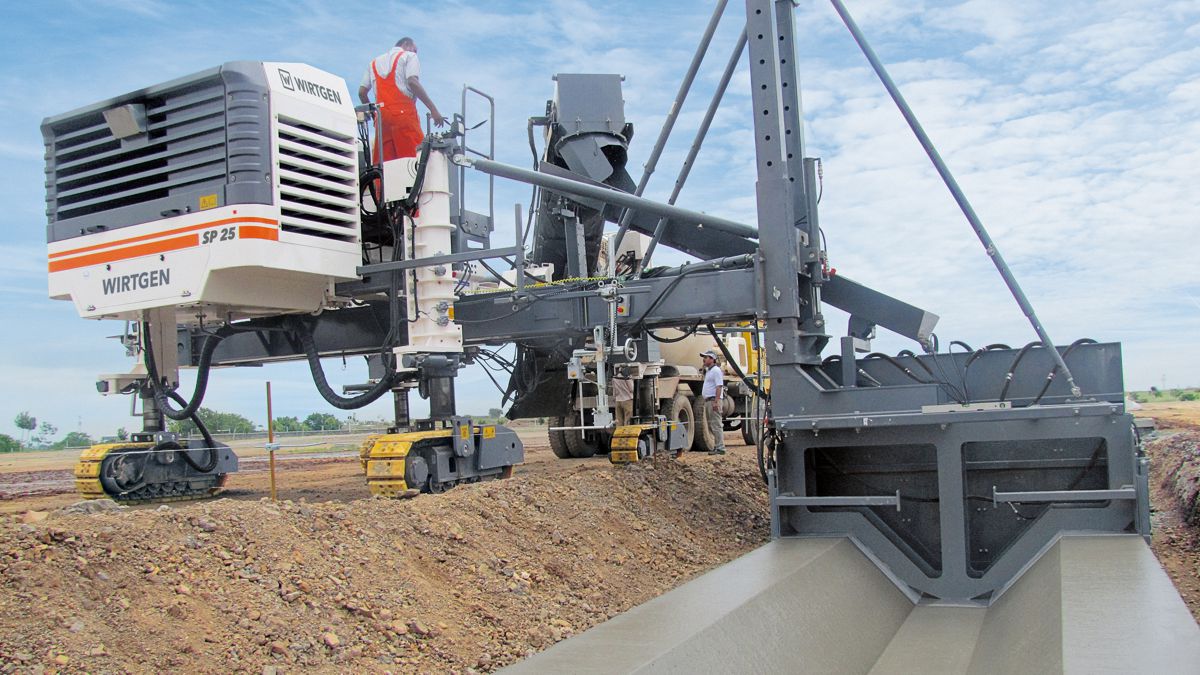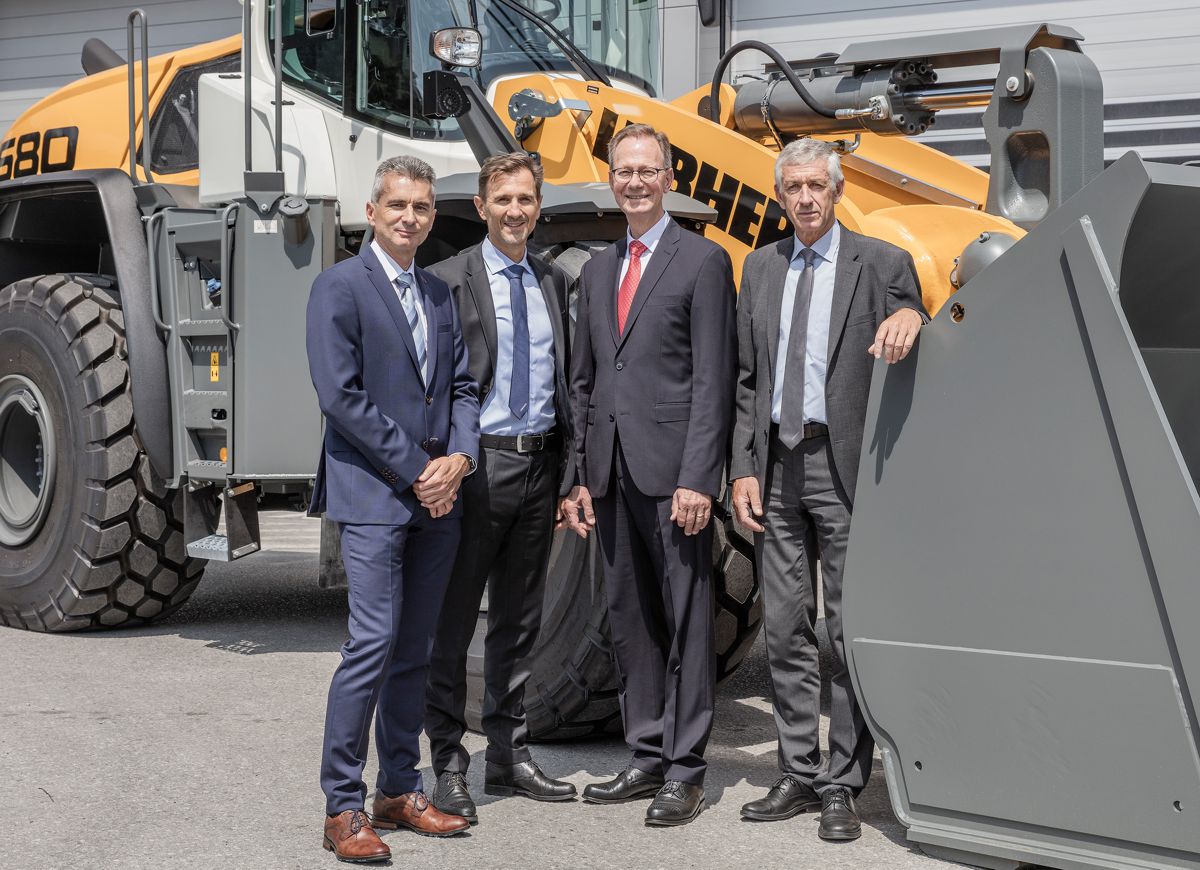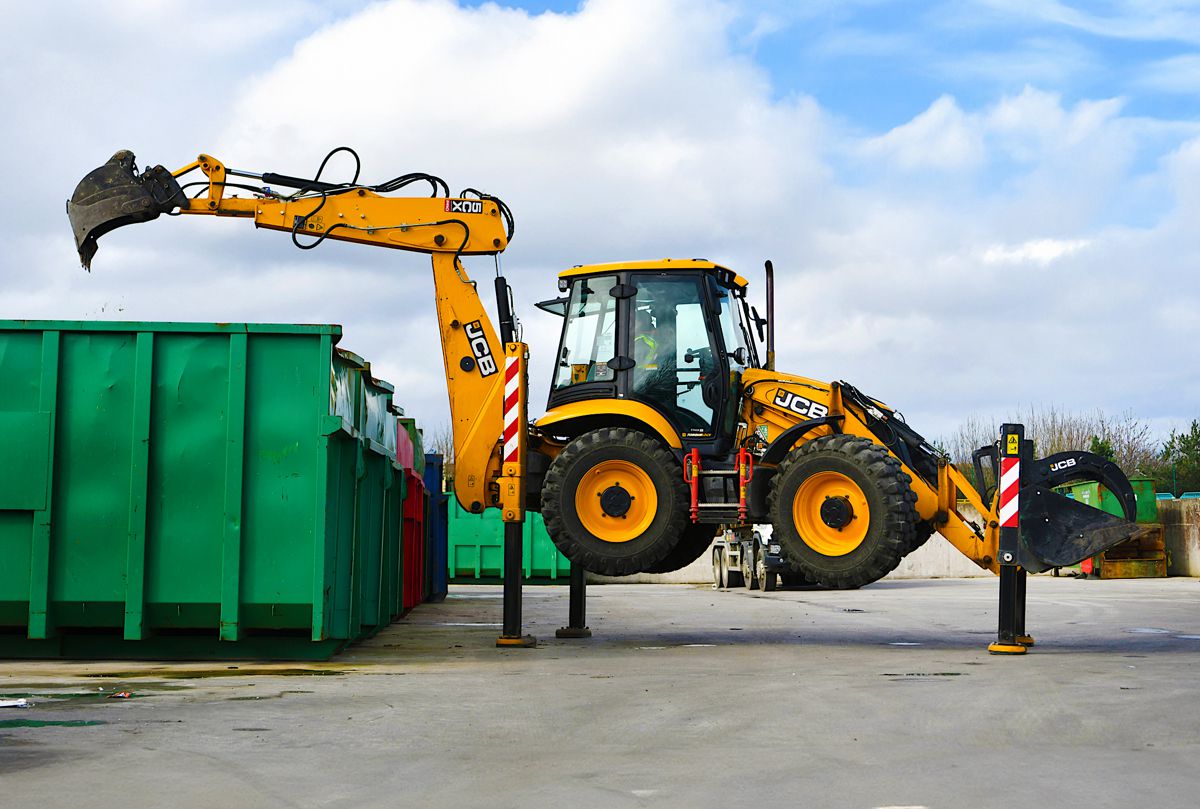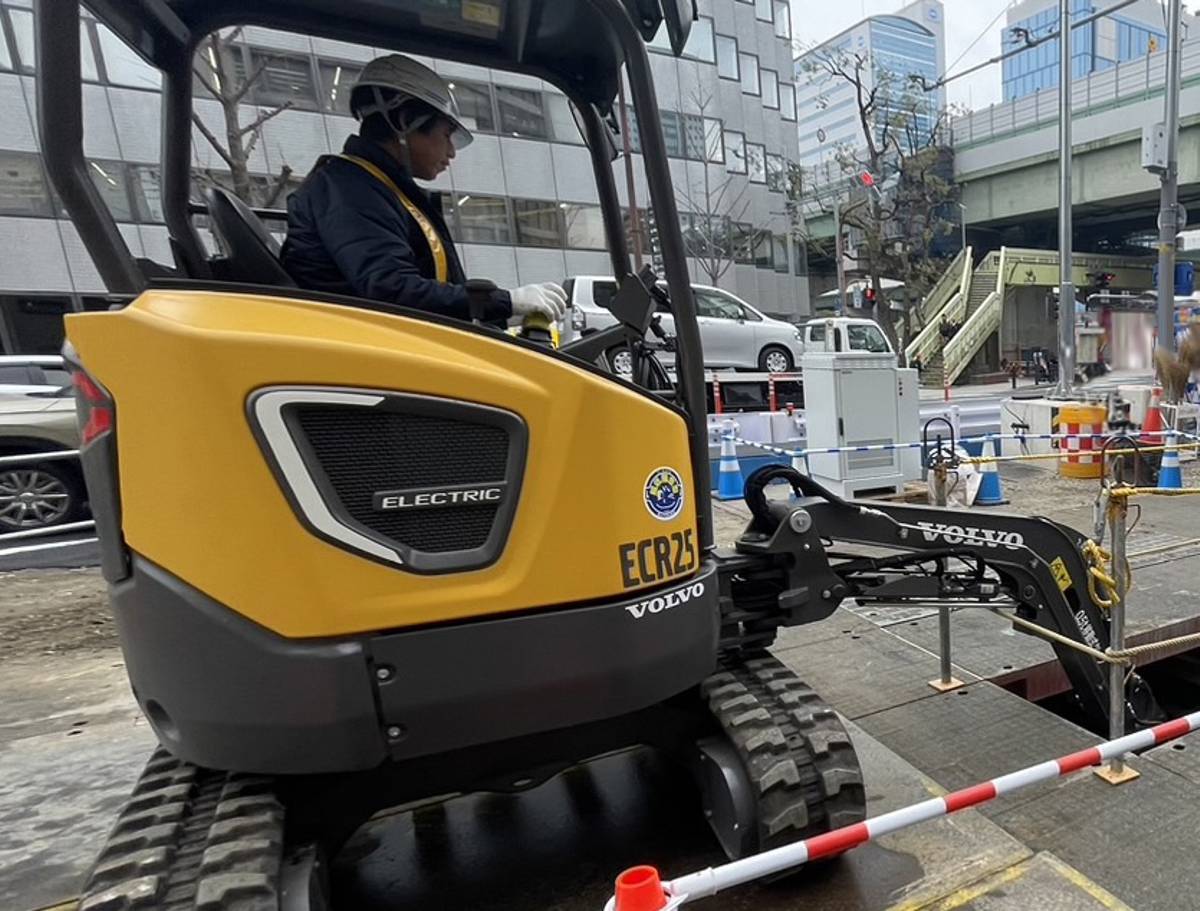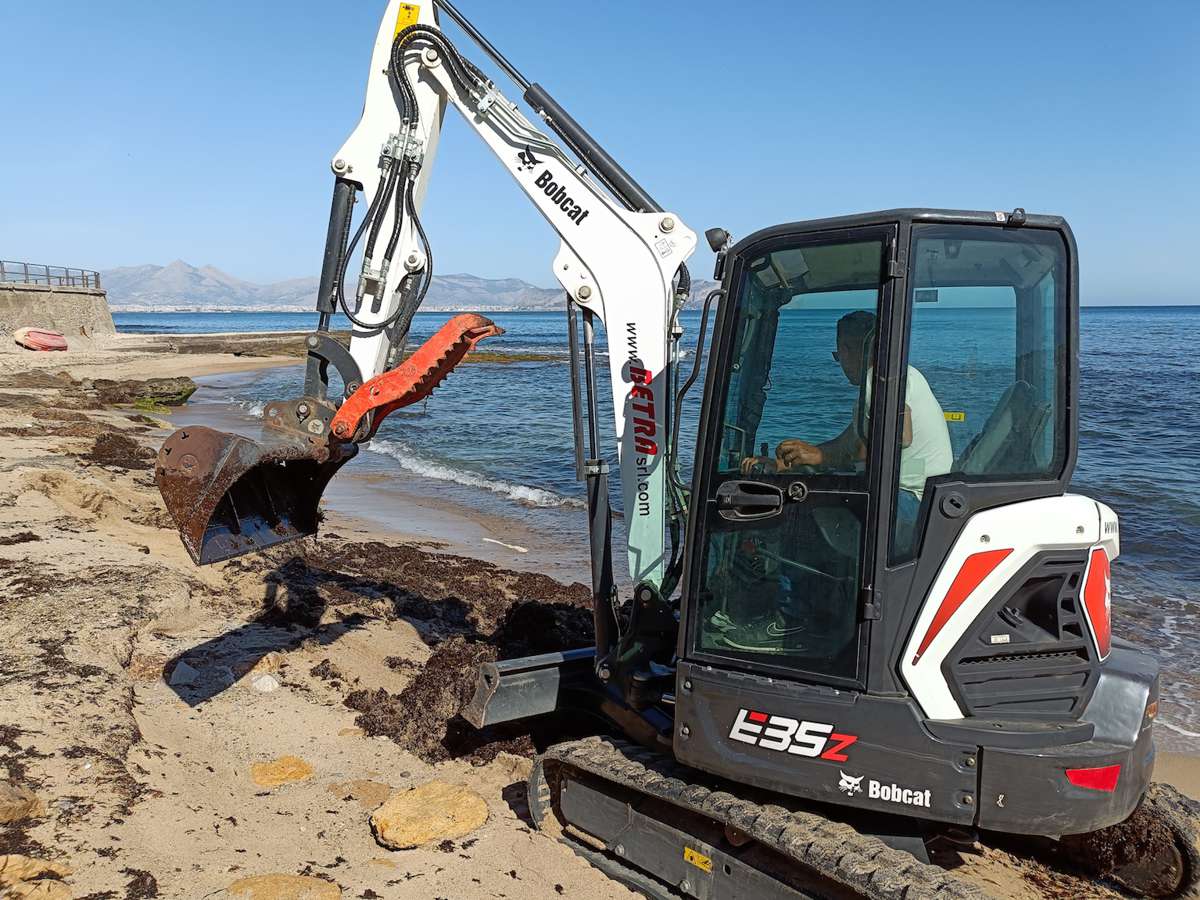The workings of an Air Compressor
From blowing up balloons to powering roller coasters, there are numerous uses for an air compressor in both industry and home-use.
Within the air gun category, there are several types that suit various roles. Direct Air have created a guide on how these machines work and what is best suited to assorted applications.
Single Phase vs Dual Phase Compressors
These are the most common type of air compressor and both work in a very similar fashion.
A single phase compressor draws air into a cylinder, the air is then compressed with the single movement of a piston with a vacuum.
Compression is measured in pounds per square inch (PSI), the higher this is, the higher the power of the air compressor. Single phase compressors commonly have a rate of 120 PSI.
Once this process is complete, the air is then sent to a separate storage tank, awaiting use.
Dual phase follows this process but has another stage to the compression process. After the initial compression, the air is transferred to a second chamber and is compressed to roughly 175 PSI.
Due to this, single phase are typically used for domestic applications and dual phase are more suited for industrial roles.
Oil and Oil-Free Air Compressors
All air compressors require lubrication within the cylinder to ensure air is drawn in safely and efficiently.
Lubrication can be achieved using two forms of machine, oil or oil-free.
An oil-free air compressor uses a non-stick coating, such as Teflon, for their lubrication. This is coated within the wall of the cylinder.
These are low maintenance as the lubrication does not need to be managed. Typically, these are lighter and have a lower initial cost. They do however tend to have a shorter life span as this coating will eventually wear away.
Oil-free are commonly used for DIY purposes and smaller jobs. They are also used widely within food and beverage industries and dentistry as there is no worry about contamination with oil.
Oil-based air compressors do require oil for adequate lubrication. They are mostly used within an industrial setting and include pneumatic construction, sanding and even creating snowbanks in winter sport centres.
As these compressors have extra elements, they are heavier and more costly to purchase. They are more durable than their counterparts.
Fix and Variable Air Compressors
Another factor to take into consideration when choosing an air compressor is the speed.
Variable speed compressors (VSD) automatically adjust the speed of the motor in relation to the demand for air.
The convertor draws power through and converts this twice. Firstly to AC, where a capacitor cleans the power and then to DC with the use of a transistor. This than acts as a switch that controls the frequency of power sent to the motor.
This means the power can be closely controlled. As the voltage and frequency are controlled, these machines are far more energy efficient and therefore cheaper to run and better for the environment.
Fixed speed air compressors use a consistent power stream to the motor. The initial cost of these is lower than VSD models. They are also cheaper to maintain.
However, they are less efficient and can therefore be more expensive to run.
Scroll Compressors
Scroll compressors are a variation of piston compressors. Their affordability and availability make them the most popular type of compressor.
The piston travels downwards which in turn decreases the pressure in the cylinder with the creation of a vacuum.
Due to this sudden change in pressure, the door to the cylinder is forced open and draws air in. The piston then travels up again and air forces air out of the cylinder at a higher pressure.
This action is then repeated.
These machines have the ability to cool down quickly and have great energy efficiency.
Unfortunately, they are more costly to purchase and due to being a more complex machine, they can be harder to maintain.
Rotary Screw Compressors
These work in a similar way to scroll compressors but use rollers rather than a piston. Rollers are positioned in the centre of the shaft, with one side always in contact with the wall.
These rotate at extreme speeds which cause low pressured air to be drawn in and high pressured air to be forced out.
Their power capacity is much higher than scroll compressors and are easier to maintain, along with being more affordable.
They do have limited cooling abilities and will require more frequent maintenance checks.
Low Noise Air Compressors
A common complaint with air compressors it the level of noise they emit.
Consider a low noise air compressor to combat this issue. These compressors have a decibel rating or roughly 40dB. This is achieved by adding an acoustic chamber to contain the noise.
Hopefully, this brief guide can see you on your way to purchasing the right air compressor for you. Always consider the application of the compressor and compare this with your budget.
It is essential to factor in running costs and maintenance to ensure you get the best out of your machine and make the right choice.




